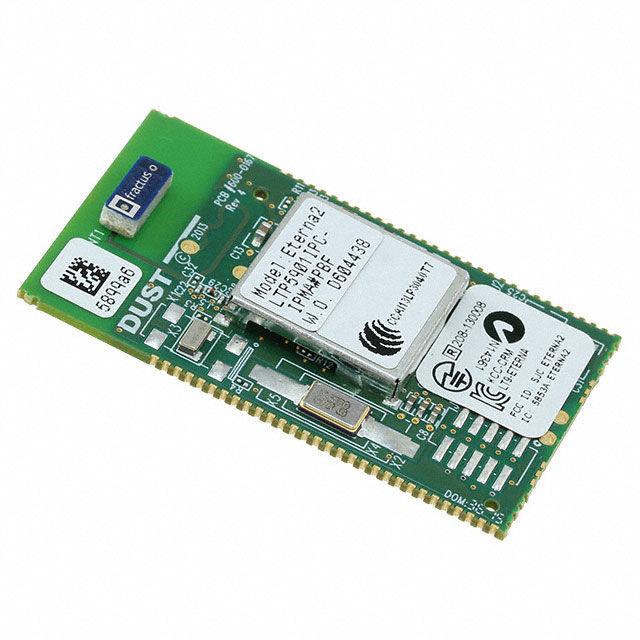How Do Switches and Hubs Shape Modern Networking?
- joddiemarshall6
- Oct 2
- 3 min read
Networking infrastructure forms the backbone of today’s digital communication, enabling data transfer between computers, servers, and smart devices. Two of the most common devices used to establish these connections are switches and hubs. Although they may look similar from the outside, their roles and performance differ significantly. Understanding how they function helps businesses and individuals choose the correct device for their network.
What Is the Role of a Hub?
A hub is often considered the most basic networking device. It acts as a central point where multiple devices can connect. When a hub receives data, it simply repeats the signal and broadcasts it to all connected devices. This makes it affordable and straightforward, but it lacks intelligence in handling data.
Features of Hubs
Works at the physical layer of the OSI model
Forwards all data to every connected port
Creates a single collision domain, leading to potential data delays
Easy to set up with minimal configuration
Affordable for small-scale networking environments
Common Uses of Hubs
Hubs are typically used in temporary or straightforward setups where performance and data security are not critical. Educational labs, low-budget offices, and basic home networks may rely on hubs for basic connectivity.
What Makes a Switch Different?
Switches are smarter than hubs because they use MAC addresses to identify devices on the network. Instead of broadcasting data everywhere, a switch sends information only to the device it is intended for. This targeted communication improves network speed and reduces unnecessary traffic.
Features of Switches
Operates at the data link layer and sometimes at the network layer
Directs data specifically to the intended device
Supports simultaneous full-duplex communication
Minimises collisions by segmenting traffic
Suitable for networks requiring speed, scalability, and security
Typical Applications of Switches
Switches are standard in corporate environments, server rooms, and homes with heavy internet use. They are essential in data centres, where thousands of devices need reliable and efficient communication.
Switches vs Hubs: What Are the Key Differences?
Although both devices connect multiple systems, their efficiency and use cases vary greatly.
Major Comparisons
Functionality: Hubs repeat signals to all devices, and switches intelligently direct them.
Speed: Switches allow faster communication by reducing traffic.
Security: Data in hubs is visible to all devices, while switches ensure private delivery.
Scalability: Switches can support complex networks, whereas hubs are limited in this regard.
Cost: Hubs are cheaper upfront, switches provide more long-term value.
Why Do Switches Dominate Networking Today?
Modern networks demand efficiency, speed, and security, all of which switches provide. Unlike hubs, they optimise bandwidth by sending data only where it is required. This makes them ideal for businesses handling cloud applications, streaming, and real-time collaboration. Their ability to reduce downtime and improve reliability makes them indispensable in today’s IT infrastructure.
What Types of Switches Exist?
Switches are available in various configurations, each suited to unique networking needs.
Unmanaged Switches
Basic plug-and-play devices
Requires no advanced configuration
Affordable and suitable for small setups
Managed Switches
Offer advanced control and customization
Enable VLANs, traffic monitoring, and priority settings
Used in enterprise-level networks where control is critical
Layer 3 Switches
Capable of routing data between networks
Combine switching and routing functions
Preferred for larger organisations requiring advanced connectivity
When Should You Use a Hub Instead of a Switch?
Although hubs are outdated for most applications, they still serve specific purposes. For example, they can be invaluable in controlled environments where data monitoring is necessary, such as research laboratories or specialised test environments. They may also serve as a temporary solution when cost is the primary concern.
Benefits of Using Switches
Switches remain the backbone of modern networks due to their numerous advantages.
Key Benefits
Improved bandwidth efficiency
Enhanced data security and reliability
Ability to handle heavy traffic loads
Better scalability for growing businesses
Features like Quality of Service (quality of service) and network monitoring
How to Decide Between Switches and Hubs?
Choosing between these two devices depends on your network's goals.
Use a hub if the requirement is for cost savings, simplicity, and basic connectivity.
Use a switch if performance, scalability, and security are essential.
Consider long-term needs, as switches support modern applications better than hubs.
Final Thoughts
Switches and hubs may appear similar, but their functions and efficiency differ greatly. While hubs provide the simplest form of connectivity, switches offer intelligent communication that meets the demands of modern networking. For most organisations and households, switches are the smarter investment, ensuring faster data transfer, improved security, and the flexibility to expand as network requirements grow.



Comments